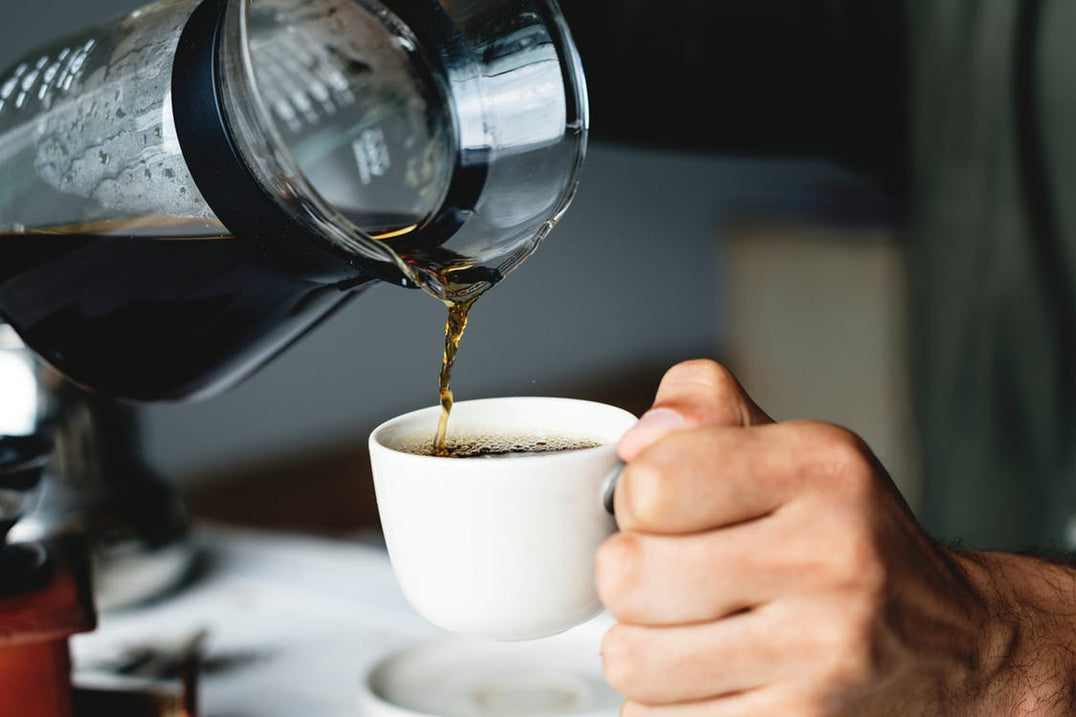If you ask random people, “how to determine a good cup of coffee?” you'll get a different answer from each person. Not just because there are so many varieties, origins, ways of farming, harvesting, roasting, brewing method and most of all, serving coffee, but simply because—what constitutes a “good coffee” is really all about perception and individual preferences.
For example, one of my friends, Harold, can’t distinguish different flavors of coffee. To him, all coffee tastes the same. And that may be because he doesn’t have practice or training in tasting coffees. So to him, a good cup of coffee is simply a warm beverage meaning it could be tea, hot water or coffee.
It’s important to realize that not all cups of coffee are created equal. There is a lot that goes into the perfect cup, but in the end, it all comes down to personal preference. Here are a few things that need to come together for the perfect result which was shared by our friends from Cafe Virtuoso.
Quality
Quality is absolutely number one when it comes to coffee. If you want a tasty brew, you have to start with quality beans. The highest level of quality is categorized as specialty coffee. Specialty coffees are distinctive because they are grown in ideal climates around the world with varying types of soil compositions and have little to no defects, which result in unique flavors and special characteristics.
Freshness
The best way to ensure freshness is to purchase from a local roaster, which means it was likely roasted in the past few days or weeks.
Once you expose coffee to oxygen, it immediately starts the degradation process of the beans, which means a loss in flavor and freshness. Better to have it fresh to maximize the great taste it brings.
Roasting
There’s no standard method for firing up beans or determining roast strengths (light to dark). But, generally, beans are roasted somewhere between 180 and 250 degrees Celsius for somewhere between 2 and 25 minutes.
It can take years of experience to understand the variety and unique characteristics of coffee well enough to roast it emphasizing the distinct flavor profiles rather than belittling them.
Brewing
Brewing methods are also critical for squeezing out the best of the beans. Consider the brewing ratio which constitutes how strong your coffee will be. As for taste, researchers have noted that espresso has some of the richest flavor and creamy texture, owing to a layer of emulsified oils that create a homogenized foam over the liquid. Those oils are likely to cut down in drip coffee—thanks to paper filters—but may remain (although not in homogenized foam form) in boiled or steeped coffees.
There are hundreds of different brewing methods each with their own variables. Some of our favorites are the Chemex, Aeropress, and Press Pot.
Conclusion
That’s a very simple question that we made super complex. Hope you enjoy the things we prepared for you. Try to experiment the next time you go to a coffee shop or brewing your coffee at home and see what happens. And oh, watch the video above to know more interesting kinds of stuff where I shared my personal perspectives as to what makes a good cup of coffee good. If you find it helpful, be kind and share it with your friends. Thanks a lot!





